SPOTLIGHT: GAZA LUXURY
IN THE WORLD’S LARGEST
PRISON!
The Arab world and Leftists would have you believe Gaza is a living hell, with every commodity and necessity of life absent.

When one looks however, it is a whole different scenario.
”It is lunchtime in the world’s biggest prison camp, and I am enjoying a rather good café latte in an elegant beachfront cafe. Later I will visit the sparkling new Gaza Mall, and then eat an excellent beef stroganoff in an elegant restaurant. “
This piece started out as a ‘sort of’ fun-cum-sarcastic piece being aware of the quantity of 5-star hotels, the nightclubs, shopping malls, restaurants and more in Gaza. However, as I searched for images and information, I came across a whole other side of Gaza which I don’t think many people know exists.

Roots Club is an up-market restaurant and catering company in Gaza. Critics said at its opening they expect the restaurant to bring“a new era of hospitality and dining experience.”
The club is located on Cairo Street in the Gaza district of Rimal. It features three different dining venues, the informal, outdoor Green Terrace Café, the Ambassador catering hall and the air-conditioned Roots Restaurant. One restaurant reviewer described the atmosphere as “vaguely reminiscent of the Anglo-Indian country-clubs of the colonial era.”

A reviewer called the menu, which features twelve different meat dishes, chicken prepared thirteen different ways, and eight pasta preparations in addition to an array of salads, appetizers, desserts, and nine kinds of soup served “only in winter,” truly staggering.
Lonely Planet calls the Roots Club, “the best” restaurant in Gaza.
There is now also a ‘Roots Hotel’ facebook here
There is plethora of restaurants and coffee shops, too numerous to list and most with their own facebook pages.
The Mazaj – Restaurant – Coffee shop – Express (take away) has an extensive menu and is a splendid example of what one would never expect to see in Gaza.
Something which certainly surprised me were the horse riding establishments in Gaza.
The Faisal Equestrian Club (نادي الفيصل للفروسية) is an equestrian club and upscale restaurant in Gaza. According to the Australian newspaper ‘The Age’, the Club’s restaurant is “The place to be seen for Gaza’s teenage elite.”
The Club serves non-alcoholic Bavarian beer to a wealthy, young, secular crowd, among whom “Headscarves are frowned upon.”
Inside the Jabaliya riding club in the north of Gaza, there are neat lawns and stalls for 40 to 50 horses, many of which are privately owned. Like the villas and luxury cars, they are proof that not everyone in Gaza is poverty-stricken.
And yet, the only images brought to us by the international media are those of death and destruction by the ‘Zionists’ read ‘Jews.’
Call it a wealthy side, call it an elite side. It certainly is a privileged side and certainly not the ordinary image. The side which the media presents is no doubt in existence, but choose for propaganda reasons only to show the bad.

This brings something back a friend told me after a visit to Israel a few years ago. She had been staying with a family member in Jerusalem. Late one afternoon, he told her that he had invited his foreman with his wife to dinner. She was however surprised when the foreman turned out to be an Arab, complete with hijabbed wife. Still no issue. She speaks no Hebrew, but being raised in Egypt, she speaks Arabic and so was able to converse with him.
The conversation was quite an eye opener. For lack of a name, let’s call him Malik. Malik told her how proud he was to be an Israeli, what a good life he and his family have. How his children have free education, free medical needs and the chance for further education, though not before completing their IDF service. Malik however became quite angry when he spoke about ‘do-gooders & leftists’ from the West who interfered. He told her about Gaza. He told her how parts of Gaza are deliberately left in ruins, so that when the ‘do-gooders & leftists’ come to look at the shocking condition people live in thanks to the ‘Zionist entity’, they can take home the negative images we see in the west.
What we hear about the misuse of international aid fits in here very nicely.
Admittedly this is not new, 2002, but “Paying for Terrorism” by Rachel Ehrenfeld says plenty and there is no reason to believe anything has changed since the Arafat days, who left quite a money trail behind him.
Since the signing of the Oslo Accords in 1993, the international community has donated approximately $5 billion to the Palestinian Authority. The European Union alone has donated approximately €1.4 billion during that time, including grants to United Nations Relief and Work Agency. Since the start of the Palestinian Authority’s campaign of violence against Israel in September 2000, the EU has transferred at least €330 million to the Palestinian territories.
More recent news here at Middle East Forum. U.S. Foreign Aid to the Palestinians. The Jewish Chronicle on line – £2bn in aid that the EU has given the Palestinian Authority over the past five years has been squandered through corruption and mismanagement.
This article from 2012 “How Many Millionaires Live in the “Impoverished” Gaza Strip?” by Khaled Abu Toameh throws a good deal of light on Gaza.
The world often thinks of the Gaza Strip, home to 1.4 millionPalestinians, as one of the poorest places on earth, where people live in misery and squalor.
But according to an investigative report published in the pan-Arab newspaper Asharq Al-Awsat, there are at least 600 millionaires living in the Gaza Strip. The newspaper report also refutes the claim that the Gaza Strip has been facing a humanitarian crisis because of an Israeli blockade.
And
The Palestinian millionaires, according to the report, have made their wealth thanks to the hundreds of underground tunnels along the border between the Gaza Strip and Egypt.

Informed Palestinian sources revealed that every day, in addition to weapons, thousands of tons of fuel, medicine, various types of merchandise, vehicles, electrical appliances, drugs, medicine and cigarettes are smuggled into the Gaza Strip through more than 400 tunnels. A former Sudanese government official who visited the Gaza Strip lately was quoted as saying that he found basic goods that were not available in Sudan. Almost all the tunnels are controlled by the Hamas government, which has established a special commission to oversee the smuggling business, which makes the Hamas government the biggest benefactor of the smuggling industry.
Gaza boasts some eight universities as well as other institutes of learning all having curriculums equivalent to any international university.
- University of Palestine
- Al-Aqsa University
- University College of Applied Sciences
- Al-Azhar University – Gaza
- Al-Quds Open University
- Islamic University of Gaza
- Universal Studies Academy
- Palestine Technical College

The beaches in Gaza are some of the finest in that part of the world, where according to ynet news we have a definite class distinction issue. Those with money clearly having an advantage regarding luxury.
A new class division has emerged with the adoption of the Israeli model of closed beaches, which have turned into status symbols
A Beit Hanoun resident told Ynet that he and his family spend the afternoon on the beach, bringing with them food, drinks, and blankets and paying only for the travel fare. However, he noted that his wife’s dream is to spend one day in the newly-introduced beach cabins.

As a way of tackling the financial state, the Strip has begun renting out beaches to private owners for up to thousands of dollars.
The Beit Hanoun resident explained that there are a variety of closed beaches, the cheapest of which charge NIS 10 ($ 2.63) upon entry and provide parasols and chairs. Others charge NIS 15 ($3.94) per person, while all other services are subject to payment.

“You would have to pray to get away with less than NIS 200 ($ 52.53) for such an evening and that’s something that few can afford,” he noted.
Finally, there are the expensive canopied beaches which offer giant TV screens and a waiter serving food and drinks.
Consequently, three groups emerged on Gaza’s beaches:
“The poor ones who sit on blankets with food from home; those who can afford renting out chairs and parasols; and the very few, the spoiled rich, who sit in roofed cabins with giant screens and a waiter serving food and drinks.”

“An evening with the family there would cost you several hundred shekels. It’s a distant dream.”
Then for the wealthy, we have luxurious beach side hotels catching the beautiful ocean views, far, far superior to the image the Leftists would have us see of Gaza.
The hotel has received a number of very positive reviews in Time magazine, by British journalist Alan Johnston and by Lonely Planet which describes the Al Deira as “swish, stylish and tightly run,” and “without question the best hotel in town.”

Journalist Jeffrey Goldberg has said that in the evenings
“it brimmed over with members of haute Palestine, that small clique of Gazans who earned more than negligible incomes. The men smoked apple-flavored tobacco from water pipes; the women, their heads covered, drank strong coffee and kept quiet.”
5 star Al-Mashtal Hotel – Video link

Al Deira Hotel – pps

The hotel has received a number of very positive reviews in Time magazine, by British journalist Alan Johnston and by Lonely Planet which describes the Al Deira as “swish, stylish and tightly run,” and “without question the best hotel in town.”
To cap it off what about one of the Water Parks? I might add newly refurbished, because some time ago Hamas, in its infinite wisdom, caused massive damage to it as they didn’t like the fact men and women were associating with one another. The mind boggles!
Dolphin Resort: facebook
Good photos at IsraellyCool
The Elder of Ziyon blogspot tells us there are 5 amusement parks in Gaza, amongst other things.
We hear about the food shortages and yet the markets appear to have ample supply of fresh produce……
… with no shortage of food in the shops either.
The Other Side of Gaza is a writing programme that provides students with an opportunity to showcase their own personal view of Gaza.
Abdallah El-Khoudary describes the best things a good restaurant can give you, and nowhere is better for him in Gaza than the Avenue Restaurant. From the delicious scallopini and the wonderful waiters to the free internet and complimentary chocolate; the Avenue is a perfect retreat.
I’m proud to be in my country, and to rise the Palestinian flag, and to give the real image of Gaza to the people who visit it. Gaza is not just the damage and the shelters we see in the media. Gaza is a city, like any city in the world, with its own landmarks and places, it just needs its freedom.

A Taste of “Concentration Camp” Gaza: Al-Mathaf Hotel
The following two tabs change content below.

Aussie Dave
Head Honcho at Israellycool
An Aussie immigrant to Israel, Aussie Dave is founder and managing editor of Israellycool, one of the world's most popular pro-Israel blogs (and the one you are currently reading) He is a happy family man, and a lover of steak, Australian sports and girlie drinks
Inspired by the Gaza mall photos, I have featured on this blog various facilities from Gaza, with the aim of providing readers with a glimpse into the real Gaza, which is anything but a concentration camp as some claim.
My point is not that there is no hardship in Gaza, but rather that the situation is a far cry from what is being presented by the palestinians, their supporters and the mainstream media.
Introducing Gaza’s Al-Mathaf Hotel.
[click on any image to enlarge]
From the website:
Featuring 34 spacious guestrooms, including 6 elegant suites (2 presidential and 4 royal suites, ranging between 60-150 sqm), most rooms and suites also have private balconies. All rooms in Al Mathaf are furnished and equipped to match the highest hospitality standards and the whole hotel overlooks a stunning view of the Mediterranean Sea to ensure that you have an unforgettable experience in Gaza.
The hotel contains 17 single rooms, 6 double rooms, 8 senior suites and 1 royal suite, with 5 of the rooms and suites having 5 large balconies, and 2 with small ones. Features and facilities include free high speed Internet access, and laundry and dry cleaning services. Classic single and double rooms contain a 32 inch LCD TV with remote control, Satellite TV channels, work desk with lamp, on demand laptop , electrical adapters, and power converters, dining table with two chairs and a sofa, telephone with international call support, a mini refrigerator, air conditioning, a wardrobe and a bathroom.
There’s also a multi-functional indoor hall, 5 meeting rooms equipped with Wireless internet, ISDN line for Video conferences, LCD projectors & flipchart boards, as well as a Business Center with computer workstations, laptop rentals, printing, faxing and copier services, and high speed wireless internet access.
Oh yeah, and there’s currently a 20% discount on services provided by the restaurant for employees of NGOs!
-Photos of besieged Gaza.
This is gaza
by 5 star hotels with swimming pools Sunday, Mar. 03, 2013 at 11:59 PM
Were you expecting 5 star hotels in Gaza, with luxurious swimming pools? This is the Al Mashtal resort in Gaza. Its one of many luxury accomodations on the Beach in Gaza
Water use in gaza
by since you asked Monday, Mar. 04, 2013 at 12:08 AM
A luxury hotel was just completed in Gaza. Complete with swimming pool. Its the Al-mashtal, and its lovely. Americans aren't supposed to know, because , well, you need to believe that Gaza is poor and oppressed, even if the Gazan's live better and longer than , oh, lets say the Turks.
And you know what? Its not the only luxury resort in gaza
And you know what? Its not the only luxury resort in gaza
Almat'haf Hotel & Cultural House in gaza is more traditional
by Visit gaza Monday, Mar. 04, 2013 at 12:24 AM
If the Al-mashtal resort in gaza is too modern for your taste, you can visit the Almat'haf Hotel & Cultural House. Its more traditional, and I'm sure you'll love relaxing by their koi pond.
This is gaza. Check out their facebook page. Almat'haf Hotel & Cultural House http://www.facebook.com/mathaf.hotel/photos_stream
This is gaza. Check out their facebook page. Almat'haf Hotel & Cultural House http://www.facebook.com/mathaf.hotel/photos_stream

Local tourism in Gaza witnesses cautious growth
KHAN YUNIS, Gaza Strip — Ibrahim Hamed, 25, and his friends are planning to spend a day at a small private resort in the coastal area of Sheikh Ajlin in Gaza, where resorts are among the entertainment options.
Related Reading:












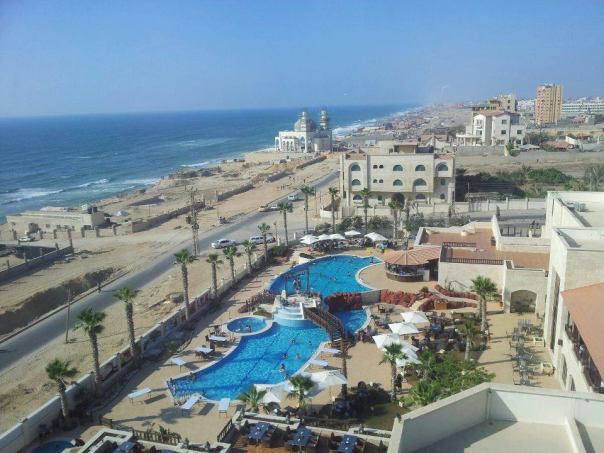



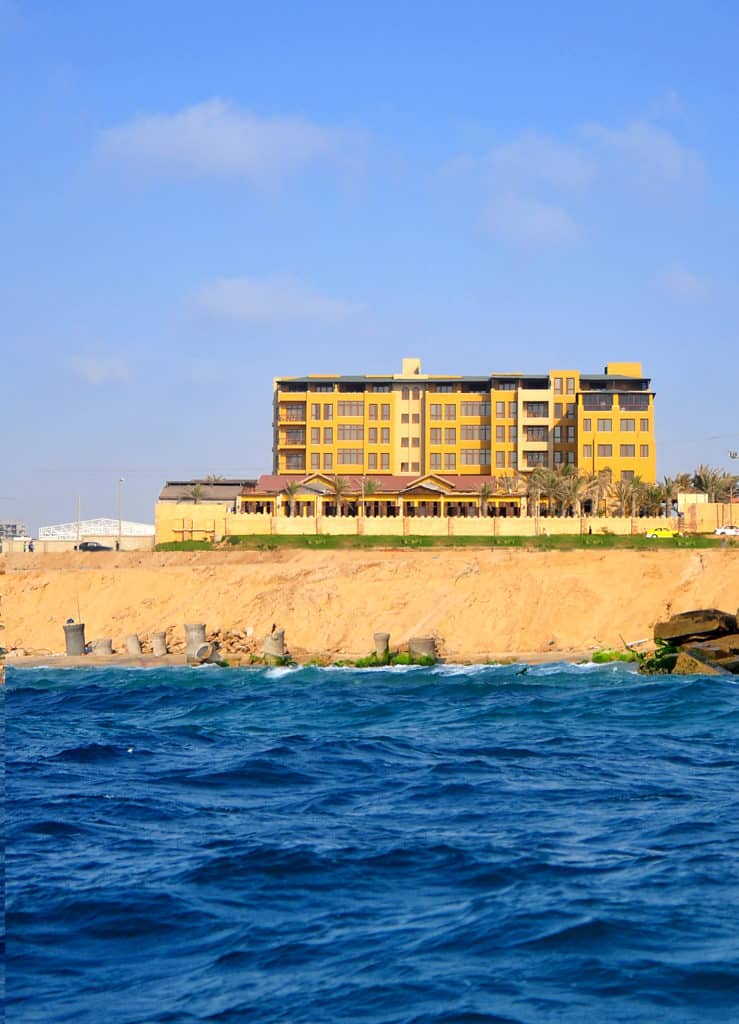
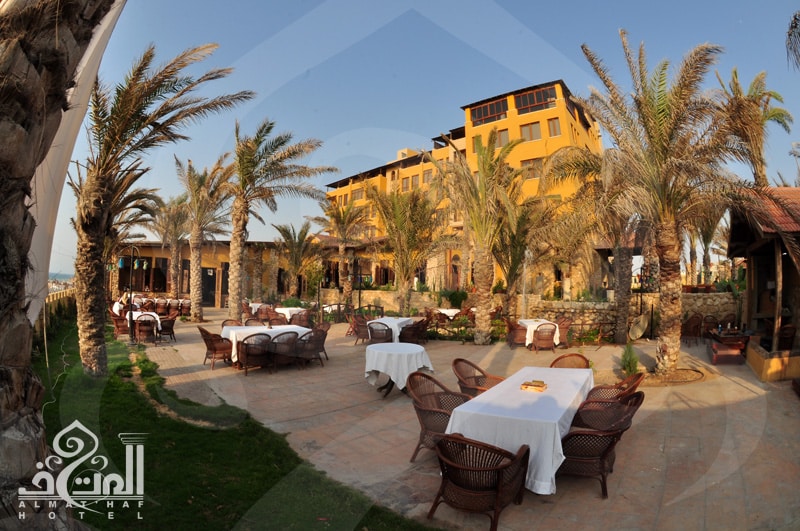
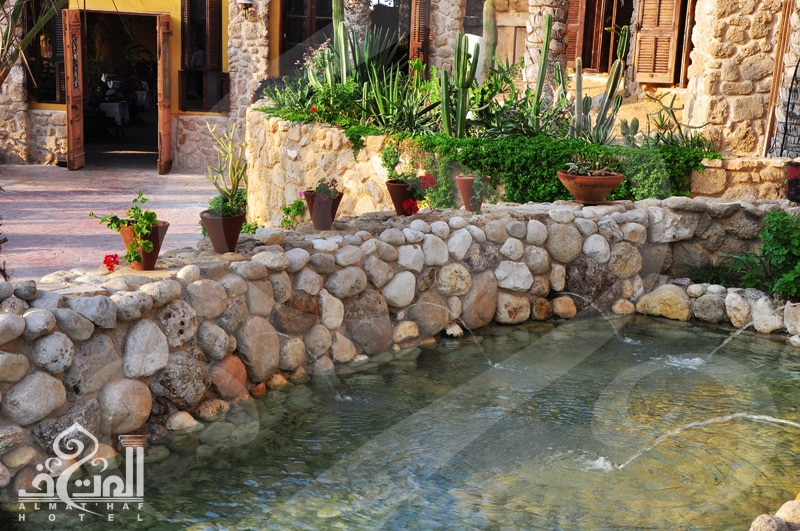
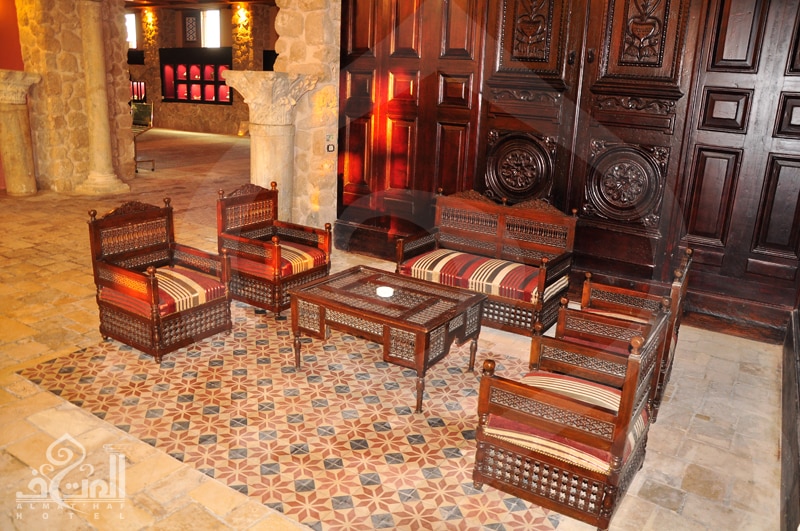
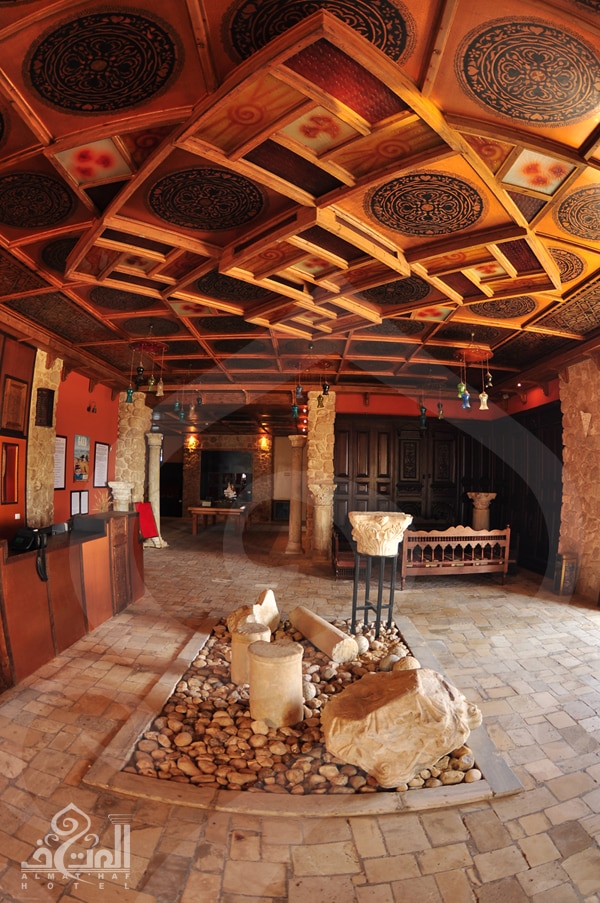
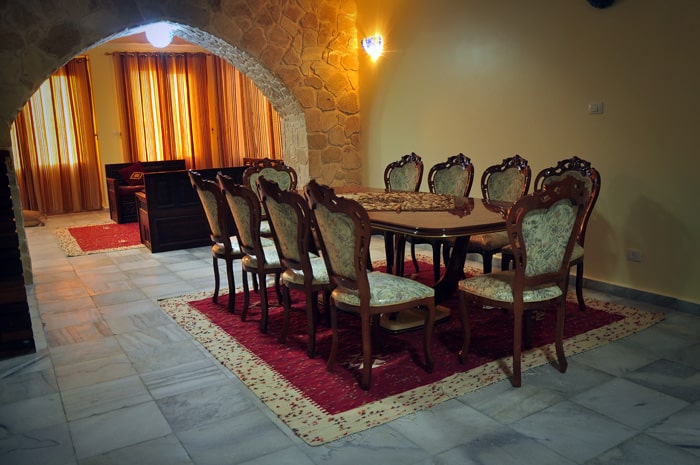
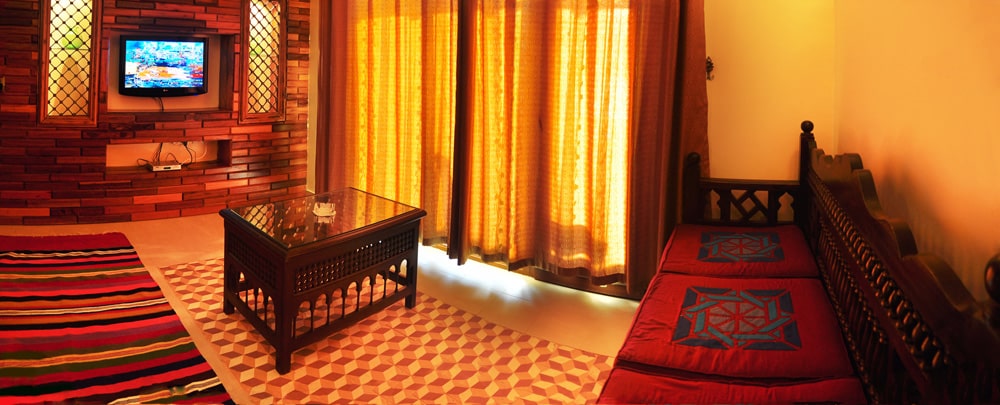
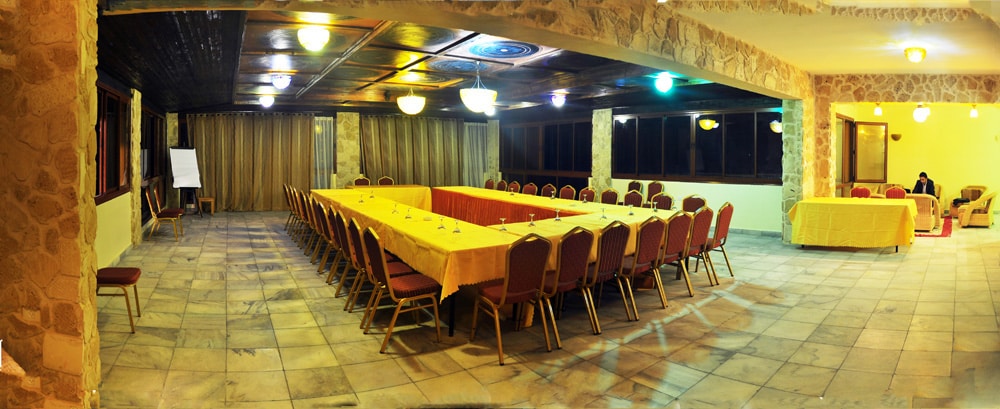
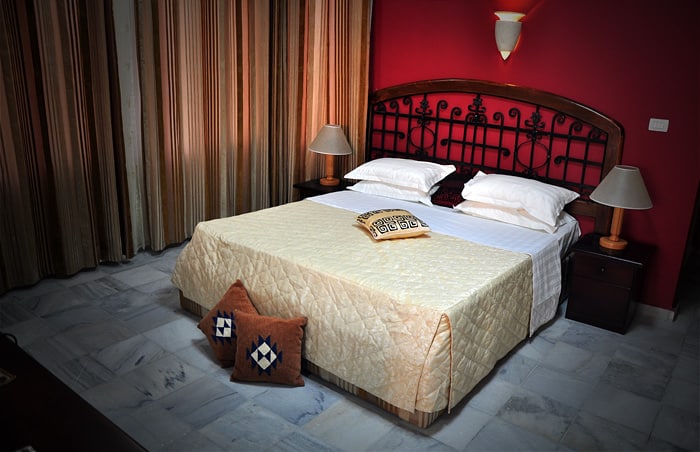
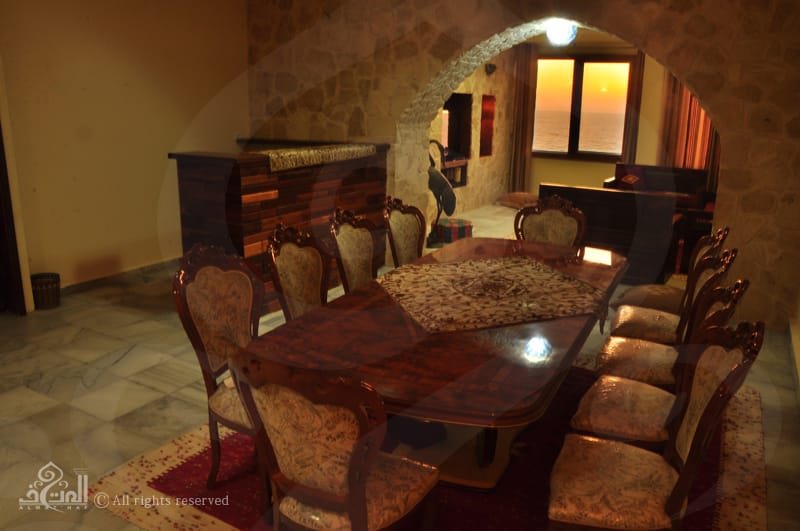













































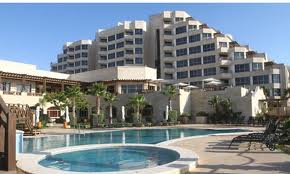
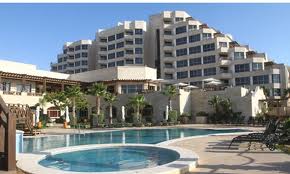
No comments:
Post a Comment